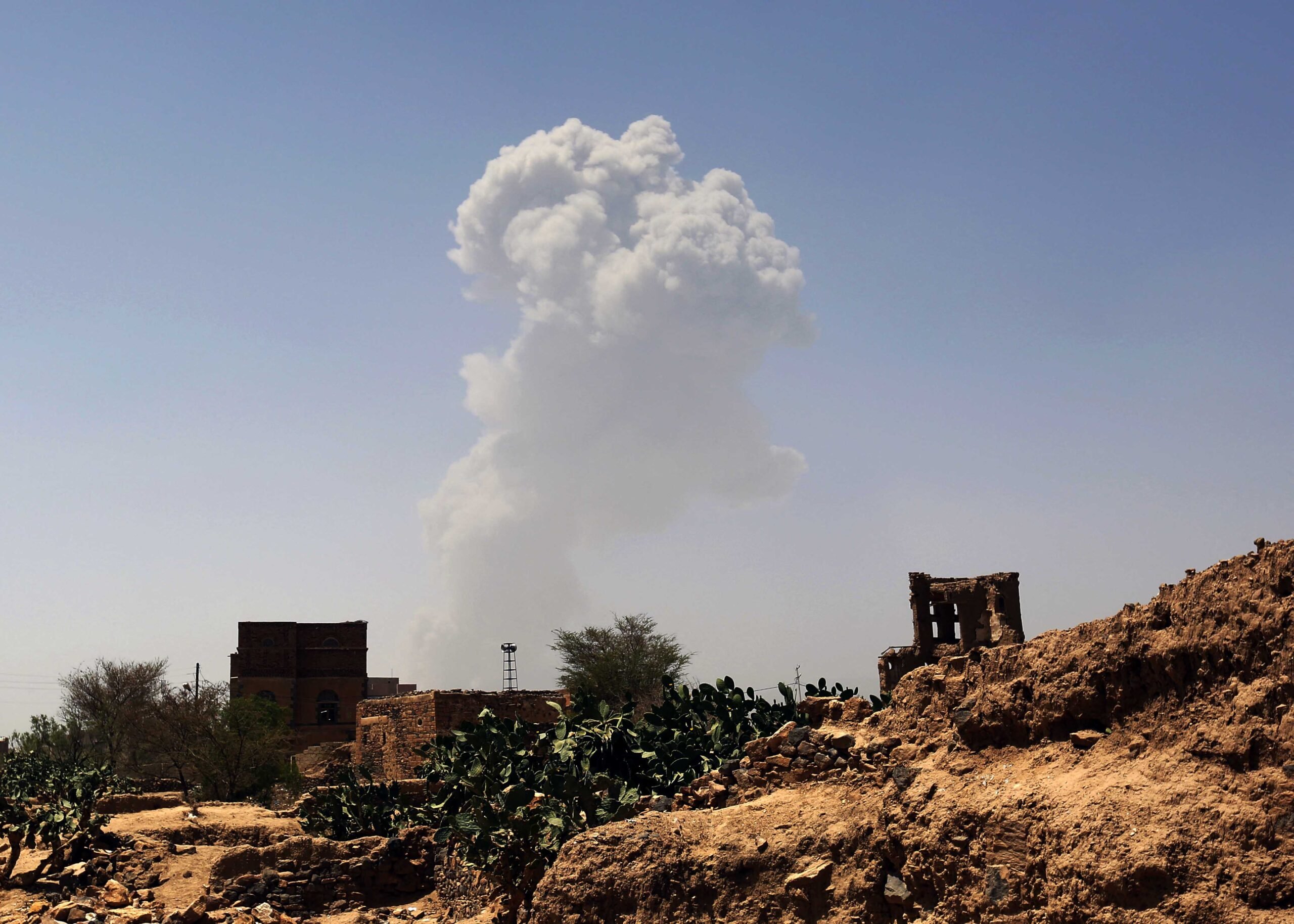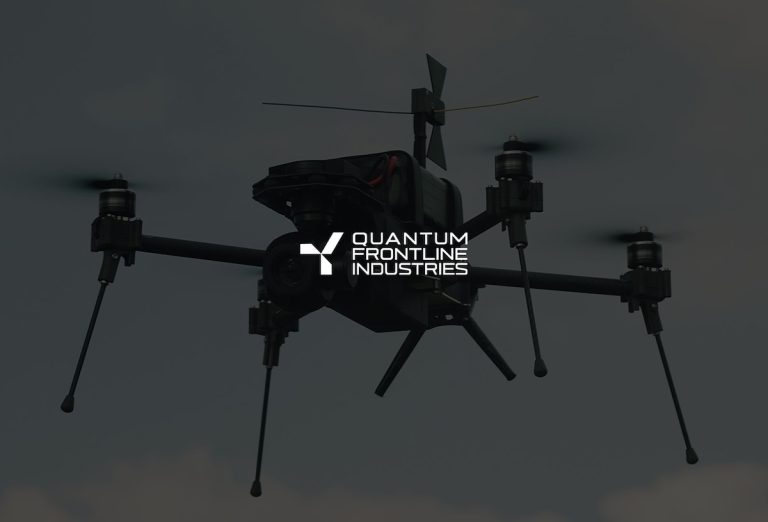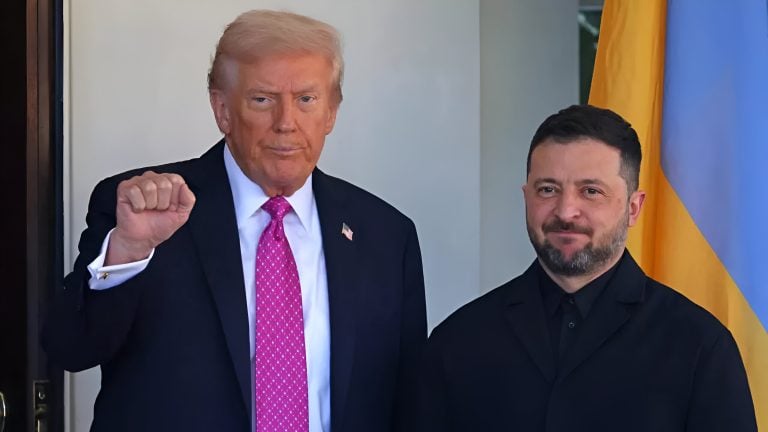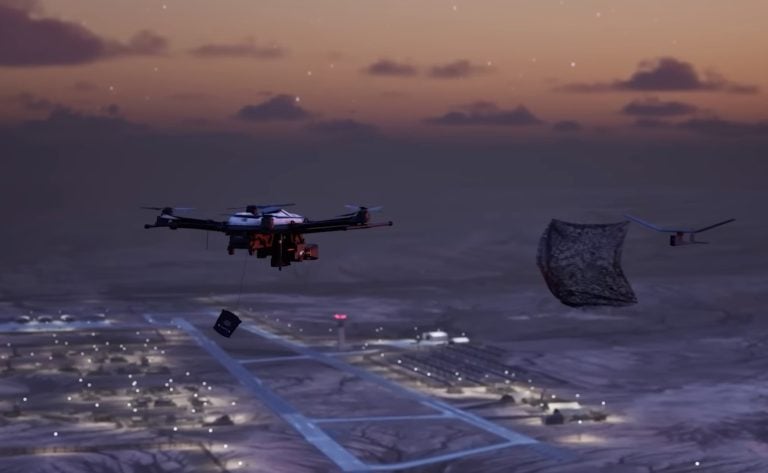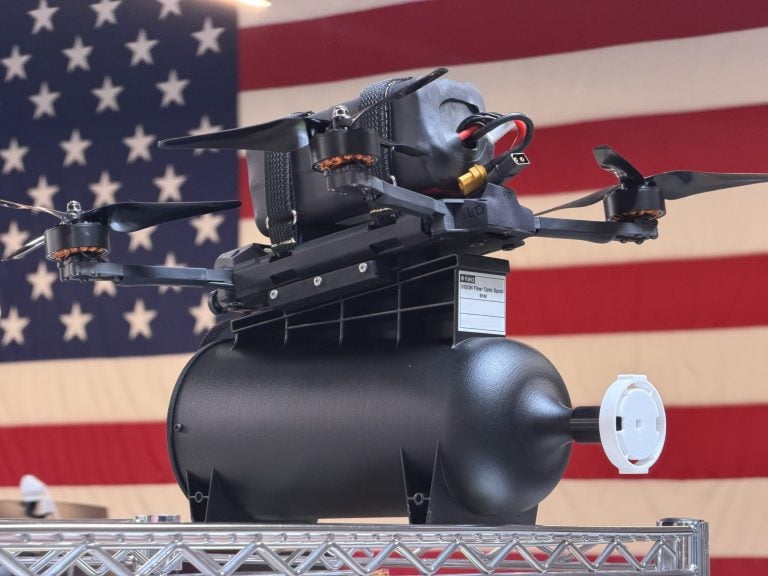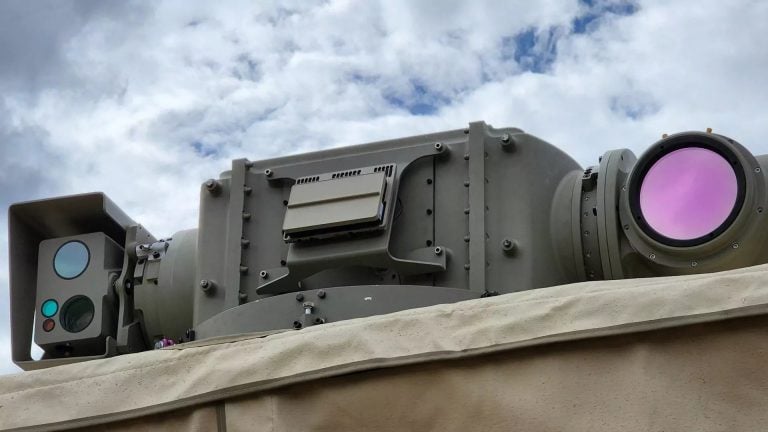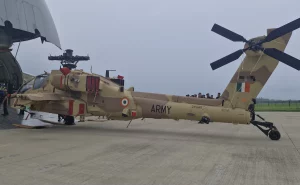Yemen’s Houthi rebels accused Israel of conducting airstrikes on the capital city of Sanaa this past Sunday, marking an escalation in the ongoing tensions amidst the Israel-Hamas conflict. A source within the Houthi security apparatus informed AFP that the air raid specifically targeted a municipality building located in central Sanaa, though the number of casualties has yet to be confirmed.
According to the Houthi-controlled media outlet Al-Masirah, the aerial assault hit an oil company station on Al-Sittine Street and also struck a power station in southern Sanaa, which had previously been targeted in a prior Israeli attack just last week. These strikes come as the Houthis have actively engaged in the conflict, launching missiles and drones at Israel in what they claim is a show of solidarity with the Palestinian cause.
Despite the Houthis’ belligerent posture, most of their missile and drone assaults have faced interception, yet the provocative actions have spurred retaliatory strikes by the Israeli military against Houthi positions in Yemen. This pattern of offense and counter-offense signals an increasingly complex dynamic in a region already fraught with conflict.
Earlier this year, on August 17, Israel conducted an airstrike against an energy infrastructure site in Sanaa believed to be associated with the Houthis, which resulted in significant damage. At that time, Al-Masirah reported that the Haziz power station, another critical facility, was also struck.
As the situation develops, the Lebanese group Hezbollah, along with the Houthis, have voiced their commitment to supporting the Palestinian struggle, further complicating the geopolitical landscape in the region. The recent airstrike and ongoing missile exchanges underscore the precarious balance of power and the interconnected nature of conflicts across the Middle East.
